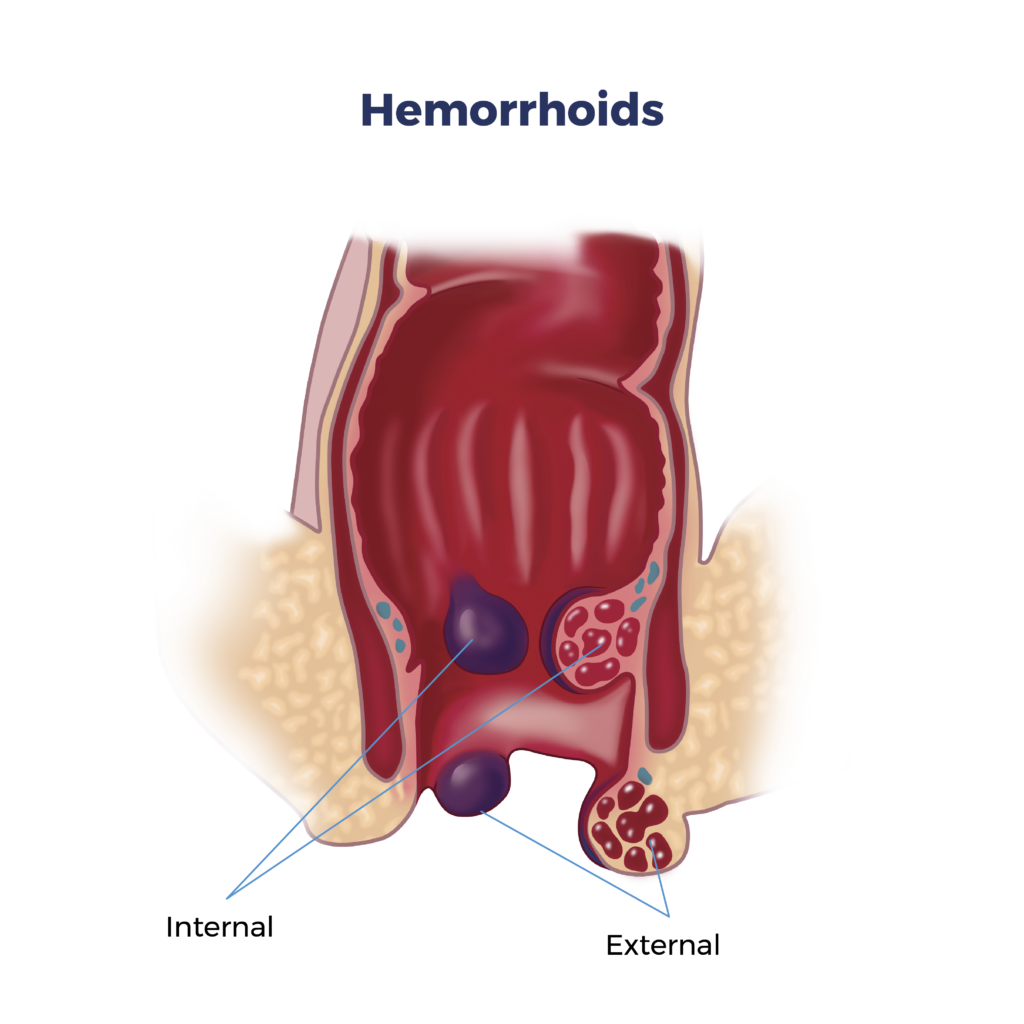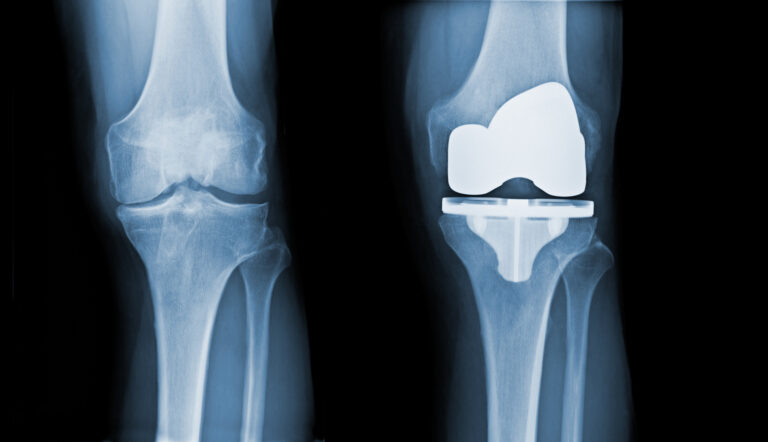Hemorrhoids. It’s a common condition that many experience but few openly discuss, often leading to discomfort, pain, and a reduced quality of life. If you’re suffering from bothersome hemorrhoids, you might feel like your options are limited to messy creams or invasive, painful surgeries. But what if there was a different way?
At Arthritis Relief & Vascular Centers (ARVC), we believe in offering advanced, less invasive solutions for a variety of conditions, including symptomatic hemorrhoids. This post will explore the spectrum of hemorrhoid treatments and introduce a cutting-edge, minimally invasive procedure called Hemorrhoid Artery Embolization (HAE), also known as the Emborrhoid technique.
What Exactly Are Hemorrhoids?
Simply put, hemorrhoids are swollen or dilated vascular structures in the lower rectum and anus. They are a common anorectal issue, particularly as we age. While some people experience no symptoms, many others deal with:
- Recurrent, chronic rectal bleeding (which can sometimes lead to anemia)
- Pain, especially if thrombosis (clotting) or fissures occur
- Itching, irritation, and general discomfort
- Prolapse (hemorrhoids protruding from the anus)
Traditional Treatment Paths for Hemorrhoids
When hemorrhoids become problematic, several treatment avenues are typically considered:
- Conservative Management:
- Dietary & Lifestyle Changes: Increasing fiber intake, staying hydrated, avoiding straining during bowel movements, and regular exercise are foundational.
- Medical Therapies: Topical creams, ointments, suppositories, and phlebotonics (medications to improve vein tone) can help manage symptoms like itching and mild inflammation.
- Non-Surgical Outpatient Procedures:
- Rubber Band Ligation: A small rubber band is placed around the base of an internal hemorrhoid to cut off its blood supply, causing it to shrink and fall off.
- Sclerotherapy: A chemical solution is injected into the hemorrhoid tissue to shrink it.
- Infrared Coagulation (IRC): Uses infrared light to create scar tissue, cutting off blood flow to the hemorrhoid.
- Limitations: While often effective for smaller, internal hemorrhoids, these procedures can sometimes cause pain, bleeding, or may require multiple sessions. They address the hemorrhoid itself but not always the underlying arterial inflow.
- Surgical Procedures:
- Hemorrhoidectomy (e.g., Milligan-Morgan open hemorrhoidectomy): This involves surgically cutting out and removing the hemorrhoidal tissue.
- Stapled Hemorrhoidopexy (PPH): A circular stapling device is used to remove a ring of tissue and lift the hemorrhoidal cushions back into their normal position.
- Doppler-Guided Hemorrhoidal Artery Ligation (DGHAL): A surgeon uses a Doppler probe to locate the arteries supplying the hemorrhoids and then ligates (ties off) these arteries within the anal canal.
- The Downsides of Surgery: While surgery can be effective, especially for severe or large hemorrhoids, it is often associated with significant postoperative pain, a lengthy and uncomfortable recovery period (sometimes weeks), risk of bleeding, infection, and potential impact on anal sphincter function or continence. Many patients are understandably hesitant to undergo these invasive rectal procedures.

A Modern, Minimally Invasive Alternative: Hemorrhoid Artery Embolization (HAE) at ARVC
At Arthritis Relief & Vascular Centers, we offer a state-of-the-art, minimally invasive procedure known as Hemorrhoid Artery Embolization (HAE), also referred to as the “Emborrhoid technique.” This innovative approach targets the root cause of hemorrhoidal bleeding and discomfort without the need for invasive rectal surgery.
- How HAE Works – A Different Approach: Instead of directly cutting out or ligating hemorrhoids through the rectum, HAE works from the inside out by reducing their blood supply. Here’s the key difference:
- The procedure is performed by an Interventional Radiologist.
- Access is gained through a tiny pin-hole incision, typically in the artery of your upper thigh (femoral artery) or sometimes the wrist.
- Using sophisticated imaging guidance (like fluoroscopy or live X-ray), a very thin tube called a microcatheter is carefully navigated through your arteries to the Superior Rectal Arteries – the main vessels supplying blood to the hemorrhoids.
- Once these arteries are identified, tiny, medical-grade gelatin embolic particles and microcoils are precisely delivered through the catheter to block the blood flow to the hemorrhoidal plexus.
- By reducing this arterial inflow, the hemorrhoids shrink, and symptoms like bleeding and discomfort significantly decrease or resolve.
- Blood supply to the rectum and adjacent tissues is maintained by the Middle and Inferior Rectal Arteries, which are not obstructed.

Why Choose HAE? The Minimally Invasive Advantage:
HAE offers significant advantages over traditional surgical approaches:
- Truly Minimally Invasive: Access is via a tiny pin-hole in the thigh or wrist, not through the sensitive rectal area.
- Avoids Rectal Trauma: There is no cutting, stitching, or removal of tissue within the rectum or anus. This means the anal sphincter is not disturbed.
- Reduced Pain & Faster Recovery: Because the procedure avoids direct anorectal trauma, patients typically experience significantly less pain and a much quicker recovery compared to surgical hemorrhoidectomy. Many patients can return to their daily routine much sooner, often the next day.
- Preserves Anal Tone: The integrity of the anal canal and sphincter muscles is maintained.
- Outpatient Procedure: HAE is typically performed on an outpatient basis, meaning you can go home the same day.
- High Success & Safety Profile: Current evidence suggests HAE is a safe procedure with a good clinical success rate for reducing bleeding and improving quality of life, with no reported serious complications directly attributed to the technique when performed correctly.
Who is a Good Candidate for HAE?
HAE can be an excellent option for patients with symptomatic internal hemorrhoids (often Grade I-III), particularly those who:
- Experience recurrent or chronic rectal bleeding.
- Have not found adequate relief with conservative treatments or less invasive office-based procedures.
- Wish to avoid the pain and lengthy recovery associated with surgical hemorrhoidectomy.
- May be poor candidates for surgery due to other medical conditions or being on anticoagulant/antiplatelet therapy (though individual assessment is crucial).
Making an Informed Decision
Hemorrhoids can be a frustrating and debilitating condition. While various treatments exist, it’s important to understand all your options, especially those that are less invasive and offer a quicker return to your normal life. Hemorrhoid Artery Embolization provides a significant advancement in treating symptomatic hemorrhoids by addressing the arterial blood supply through a simple pin-hole approach, avoiding the discomfort and prolonged recovery of traditional rectal surgery.
Discover if HAE is Right for You at ARVC
If you’re tired of dealing with hemorrhoid symptoms and want to learn more about Hemorrhoid Artery Embolization, we invite you to schedule a consultation with our experienced Interventional Radiologists at Arthritis Relief & Vascular Centers. We can assess your condition and determine if this minimally invasive procedure is the right choice for you.
- Call us today at 210-899-0384
- Visit our website at www.arvcenters.com to learn more or to request an appointment.
Take the first step towards lasting relief, the minimally invasive way.
Disclaimer: The information in this blog post is for general informational purposes only and does not constitute medical advice. It is essential to consult with a qualified healthcare professional for any health concerns or before making any decisions related to your health or treatment.


